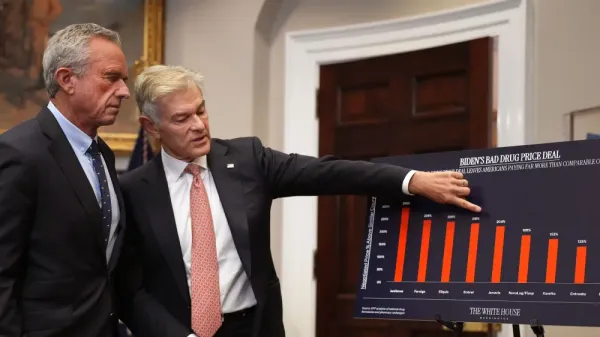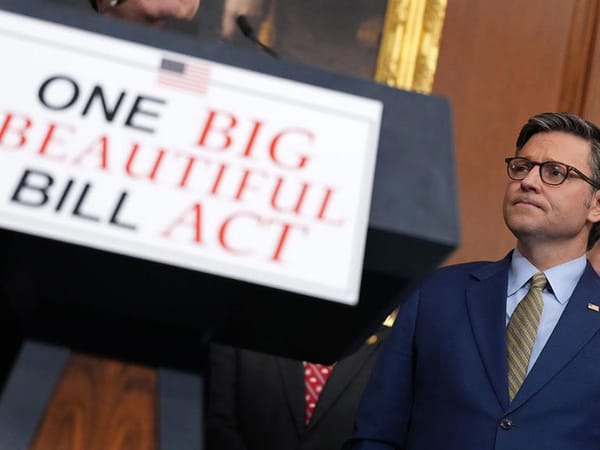What Will President Trump’s Impact Be on Employer-Sponsored Health Plans in 2025?

In the first two weeks of his second term, President Donald Trump signed a series of executive orders aimed at rolling back Biden-era policies and advancing his own administration’s priorities. Among the most impactful for employers are the revocations of Executive Orders 14009, 14070, and 14087, which focused on strengthening Medicaid, the Affordable Care Act (ACA), and reducing prescription drug costs. These changes could significantly affect employer-sponsored health plans in several key ways.
1. Medicaid and ACA Rollbacks Could Increase Employer Costs
- Medicaid Cutbacks: With fewer federal protections and funding for Medicaid, states may reduce coverage, which could push lower-income employees and their families to seek employer-sponsored health plans. Employers with a higher proportion of low-wage workers may see increased health plan enrollment and costs.
- Individual Market Instability: If ACA marketplace subsidies are reduced or eliminated, employees may struggle to afford individual plans and will likely turn to employer coverage, resulting in increased enrollment and higher premiums for employer-sponsored health plans.
2. Prescription Drug Costs Could Rise for Employers
- Rescission of EO 14087: The rollback of this order, which aimed to lower prescription drug prices, may slow efforts to cap costs for employer-sponsored plans. This could lead to rising pharmacy costs, which could result in higher premiums for both employees and employers.
- PBM Reforms: While bipartisan Pharmacy Benefit Manager (PBM) reforms are being considered, the Trump administration's approach may focus less on regulating PBM rebates and pricing practices, potentially limiting the cost-saving benefits that employers have experienced under prior regulations.
3. Expansion of Short-Term, Low-Cost Health Plans
- The Trump administration may expand short-term, limited-duration health plans (STLDI), which are cheaper but offer fewer benefits than ACA-compliant plans. If employees opt for these plans instead of employer-sponsored coverage, it could lead to adverse selection—where healthier employees leave the employer plan, leaving sicker employees behind, thereby driving up costs for employers.
4. Transparency Rules and Employer Strategies
- During the first Trump administration, price transparency rules were expanded, and there is potential for further strengthening these regulations under the current administration. These rules could empower employers to obtain more detailed pricing data from healthcare providers, enabling them to negotiate better rates and optimize their health plan spending. By using transparency tools, employers may be able to offset some of the rising costs associated with the rollback of other regulations, such as increased prescription drug prices or broader shifts in healthcare coverage. Transparent pricing could help employers find more cost-effective solutions and improve the overall value of their employee health benefits programs.
What Employers Should Do:
- Monitor Enrollment Trends: As Medicaid and ACA options shrink, more workers may turn to employer plans. Employers should be prepared for increased enrollment and higher costs.
- Evaluate PBM Contracts: Transparency into drug pricing will become even more crucial as employers seek ways to control rising prescription drug costs.
- Consider Alternative Plan Designs: High-deductible health plans (HDHPs) with Health Savings Accounts (HSAs) and reference-based pricing strategies could help employers manage rising costs while still providing valuable benefits.
Overall, the rollback of these executive orders signals a potential shift of healthcare costs onto employers, making benefits planning for 2025 and beyond more complex. Employers will need to stay informed and adjust their health plan strategies to accommodate these changes.
Sources:
- HRE Executive
- Mercer



